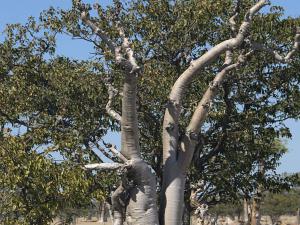Results and key features
The project promoted educational activities in local schools reaching out to 5 000 children. They consist of:
-
Use of intangible cultural heritage and traditional forms of farming to promote environmental education. School orchards have been created with native species and using local farming techniques. They have taught several generations of school kids how to use and improve farming techniques through local traditions and local bio diversity. Cultural heritage is preserved and used in contemporary agricultural and landscape related projects;
-
Promoting cultural expressions in schools, through training in all areas of artistic expression;
-
Training of school students on a diversity of artistic techniques and cultural disciplines;
-
School groups visit the Centre exhibits, attend training and use the space as a study venue.
As a result, school students have a broader comprehension of local culture, have improved school results and are aware of local environmental and cultural threats. School children have started selling their orchard produce at local markets, generating income that is used in school-related activities.

New small businesses have been created with the support of the Centre, using local plant species, in particular Moringa “the miracle tree” and traditional farming techniques. Some of them export food related produces, based on local intangible cultural heritage.
Research and exhibits have been organised on the eco-cultural landscape and traditional farming techniques. This has promoted and raised awareness on the loss of traditional terraces, endemic plants and vegetables and environmental.
Some key features of the project are:
-
Strong and significant local cultural heritage, tangible and intangible, as well as cultural resources;
-
Good synergies of the project with local dynamics;
-
Good integration of environmental, biodiversity, cultural heritage, artistic expressions and social dimensions;